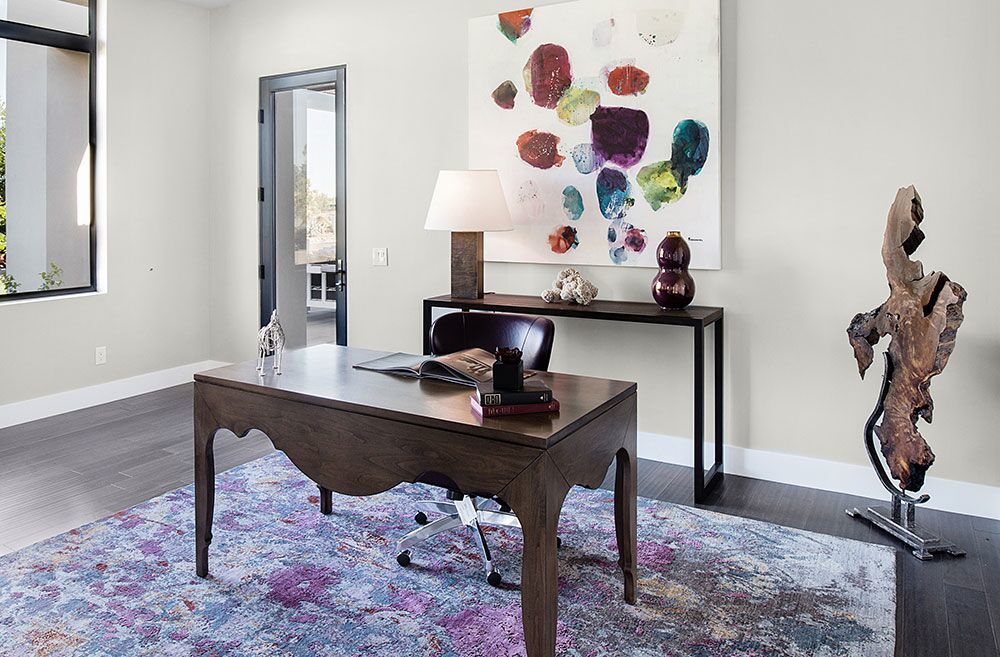
Color is an important piece of the interior design puzzle. I’m fascinated by color’s influence on the feel of a room. You’ve probably heard that red is invigorating, but most people don’t want a lot of red. Greens and blues soothe the nerves. Yellow is cheerful and inspires creativity, but, like red, can come across too strong. This is how color psychology for interior design comes into play.
Color choice comes down to personal preference and how colors affect people. I love red; it energizes me! I often ask clients their favorite colors and the colors that they hate. (If you can’t figure it, out go look in your closet.) With some clients, we’ve even done wonders with purple.
At the start of all my projects, I ask each client, “What is your favorite color?” “What is your least favorite color?”
Both are equally important. This comes down to: “What colors do you use?”
We start with that. Then, frequently there will be something that they show me – a piece of art or a travel memento. One time, clients brought in handcrafted ceramic dinnerware they loved. There’s usually some little piece that inspires their color scheme.
I delve deeply into color psychology for interior design. We each have psychological associations to color. These feelings typically stem from childhood environment and culture.
I’m not surprised by many of my clients’ aversion to red, but I am surprised that few people like green. Green permeates our natural world. I recommend that if you want the organic effects of green, you explore the variations.
A common mistake is to go too pure, too bright.
Read more here: http://www.sesshudesign.com/a-rainbow-of-emotion-color-psychology-for-interior-design/

